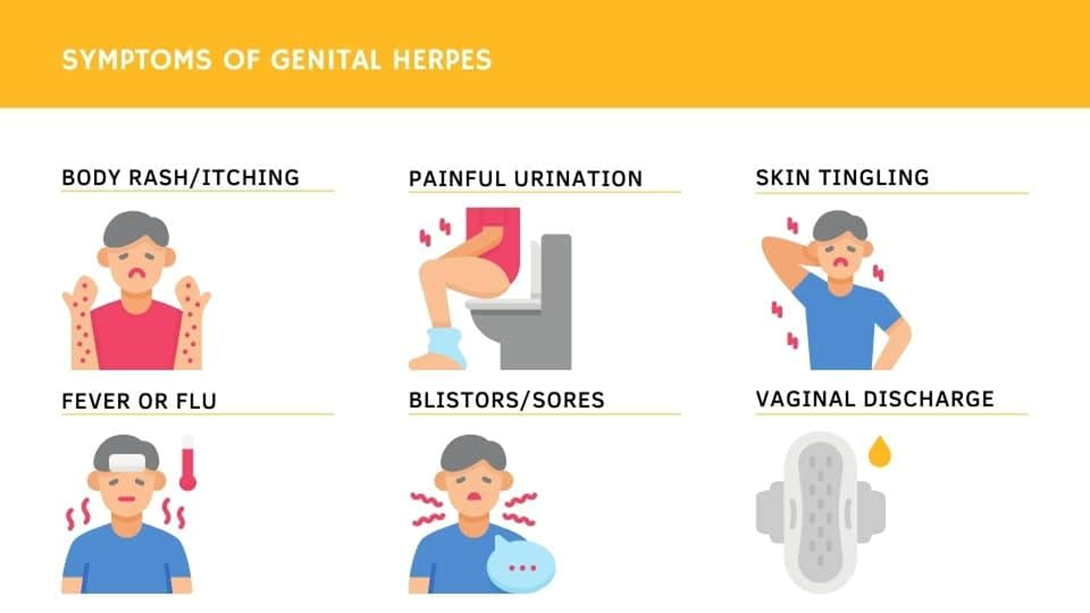A nurse is caring for a client who has a new diagnosis of type 2 diabetes mellitus and has a referral for a dietary consult. The client tells the nurse, "I will have to eat whatever the dietitian tells me." Which of the following statements by the nurse encourages the client's involvement in their plan of care?
"I can assist you with making a list of foods you like for the dietitian."
"I understand that the dietary choices can seem overwhelming."
"Managing your diabetes will require you to make accommodations."
"The dietitian will provide you with the best food choices to manage your diabetes."
The Correct Answer is A
Choice A reason: This statement encourages the client's involvement by offering assistance in creating a personalized list of preferred foods, which can then be discussed with the dietitian. It promotes a collaborative approach to the dietary plan, allowing the client to have a say in their food choices, which is essential for long-term adherence and management of type 2 diabetes.
Choice B reason: While this statement shows empathy, it does not actively encourage the client's involvement in their care. Understanding the challenges is important, but it is more beneficial to empower the client to take an active role in managing their dietary choices.
Choice C reason: This statement is factual, as managing diabetes does require accommodations. However, it does not directly encourage the client's involvement. Instead, it could be more encouraging by suggesting ways the client can participate in making those accommodations.
Choice D reason: Informing the client that the dietitian will provide the best food choices is reassuring but does not facilitate the client's involvement. It positions the dietitian as the sole decision-maker rather than including the client as an active participant in their dietary planning.
Nursing Test Bank
Naxlex Comprehensive Predictor Exams
Related Questions
Correct Answer is D
Explanation
Choice A reason: Applying antibiotic ointment to the lesions is not recommended for the treatment of genital herpes, which is caused by a virus, not bacteria. Antiviral medications are the appropriate treatment for managing herpes outbreaks.
Choice B reason: Natural skin condoms are not effective in preventing the transmission of genital herpes because the virus can pass through the natural membrane. The use of latex or polyurethane condoms is recommended as they are more effective in reducing the risk of transmission.
Choice C reason: Expecting lesions to resolve in 6 weeks may not be accurate as the duration of a herpes outbreak can vary. Most herpes lesions tend to resolve within 2 to 4 weeks. However, the virus remains in the body and can cause recurrent outbreaks.
Choice D reason: The duration of medication for genital herpes depends on whether the treatment is for an initial outbreak, chronic suppression, or episodic therapy. For an initial outbreak, antiviral medication is typically taken for 7 to 10 days. For chronic suppression, medication might be taken daily for an extended period to prevent or reduce the frequency of outbreaks.

Correct Answer is C
Explanation
Choice A reason: Epithelialization at the site of a major full-thickness burn would not be expected 12 hours post-injury. Epithelialization is a later stage of wound healing where new skin cells form and cover the wound. In full-thickness burns, this process is significantly delayed and typically requires skin grafting for wound closure.
Choice B reason: Severe pain is not typically associated with full-thickness burns due to the destruction of nerve endings in the skin. However, there may be severe pain in the surrounding areas that have sustained less severe burns.
Choice C reason: Edema is a common and expected finding at the site of a major full-thickness burn 12 hours post-injury. The inflammatory response to the burn injury leads to increased vascular permeability and fluid shift from the intravascular to the interstitial space, resulting in edema.
Choice D reason: Blistering is characteristic of partial-thickness burns (second-degree burns) but not full-thickness burns (third-degree burns). In full-thickness burns, the skin is destroyed to the point where blisters do not form.
Whether you are a student looking to ace your exams or a practicing nurse seeking to enhance your expertise , our nursing education contents will empower you with the confidence and competence to make a difference in the lives of patients and become a respected leader in the healthcare field.
Visit Naxlex, invest in your future and unlock endless possibilities with our unparalleled nursing education contents today
Report Wrong Answer on the Current Question
Do you disagree with the answer? If yes, what is your expected answer? Explain.
Kindly be descriptive with the issue you are facing.
